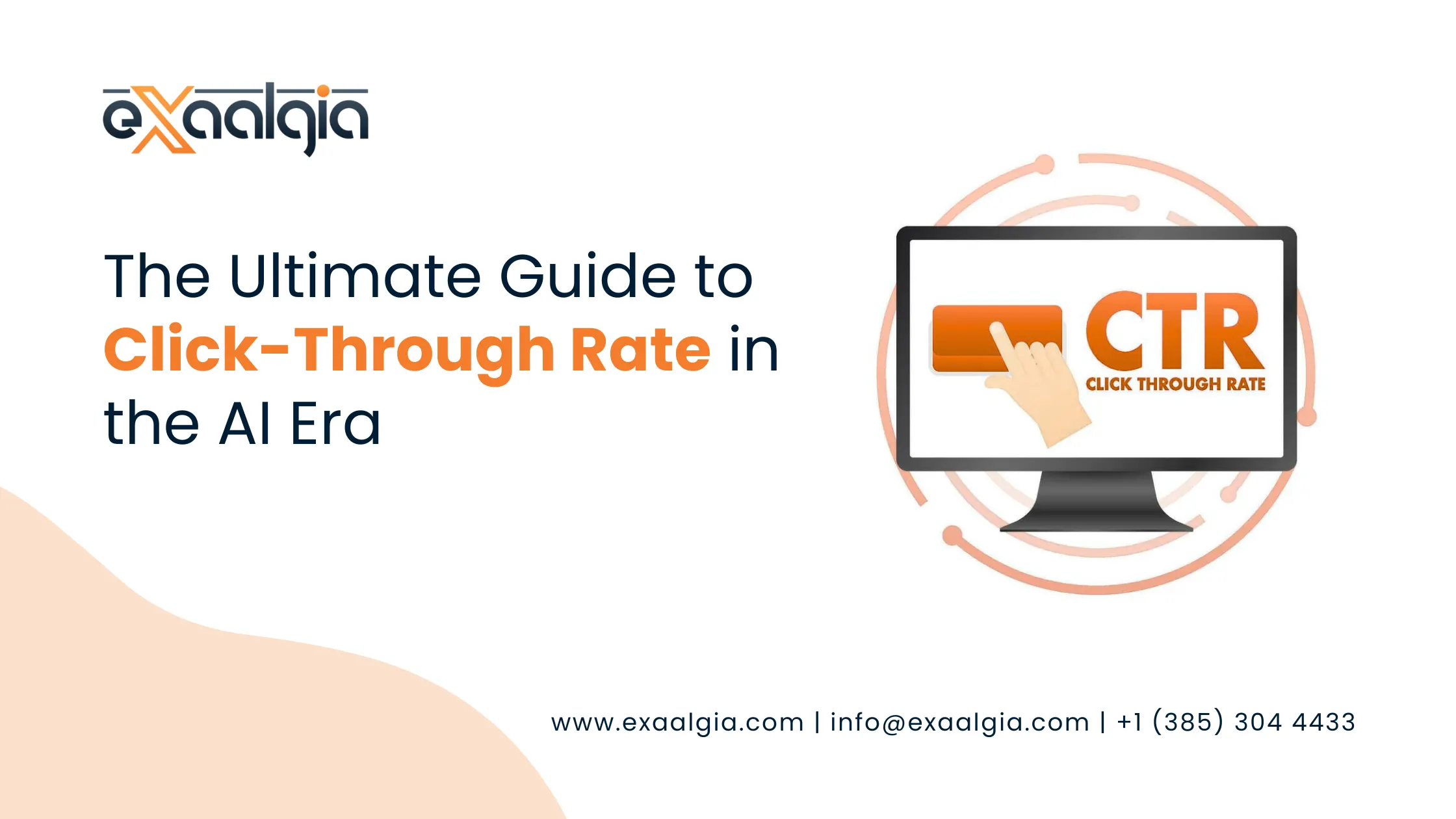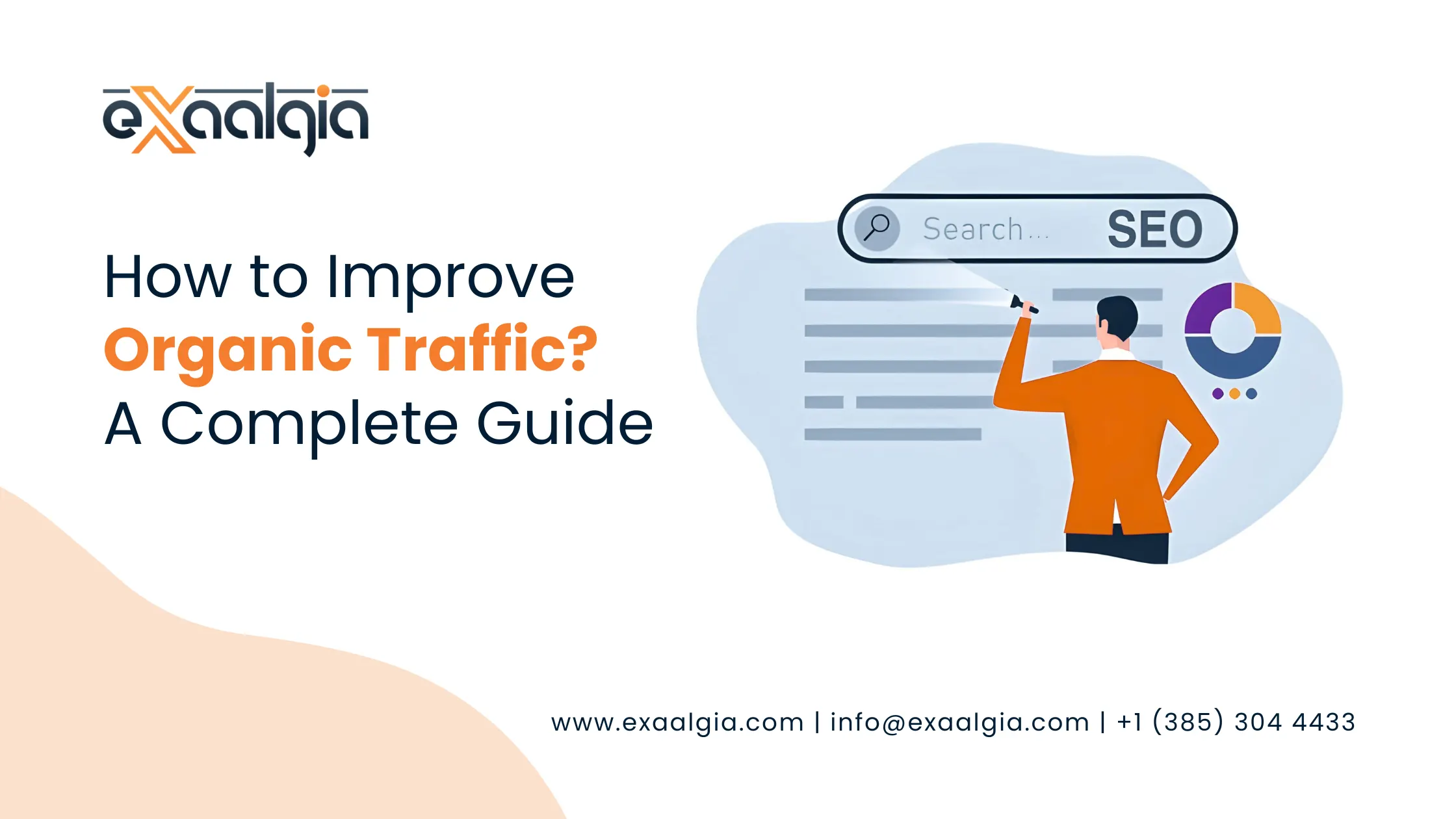In this guide we are going to unpack what great navigation looks like, how to create it, and how to keep improving it so that it is one less thing to worry about.
The Importance of Seamless Navigation for Your Website
When a visitor reaches your site you only have seconds to convince them to stick around. Navigation is the first thing they will engage with, and that sets the atmosphere for the rest of the visit.
1. Better Navigation = Better User Experience
A confusing website menu creates friction. Users feel lost and frustrated, and they’re likely to hit the back button. A clean, intuitive navigation menu allows visitors to move smoothly through your site and discover what they came for.
2. Navigation Plays a Big Role in SEO
Search engines rely on your navigation to understand your site’s hierarchy. Well organized menus help Google crawl pages efficiently and determine which pages are most important. If your navigation is messy, search engines might not find all your key content.
3. Smooth Navigation Increases Conversions
When users quickly find your product pages, pricing, or contact forms, they’re far more likely to convert. A frictionless path to action, whether it’s buying a product, signing up for a newsletter, or booking a consultation, boosts revenue.
4. Navigation Reflects Your Brand
Your navigation isn’t just functional, it also communicates professionalism. A well-organized menu shows users that you care about their experience.
Designing Navigation That Actually Works
Perfect navigation is a blend of design, usability, and strategy. Here’s how to get it right.
1. Keep Labels Simple and Clear
Clarity is king. Avoid fancy terms or clever wording that might confuse users. “About Us” is familiar, but “Meet the Dream Team” may not make sense to everyone.
2. Create a Logical Hierarchy
Group related pages and keep important links at the top level. For instance, an e-commerce store might group products under categories like “Men,” “Women,” and “Accessories,” each with subcategories.
3. Maintain Consistency Across Pages
Users should see the same navigation on every page. If the menu changes from page to page, they may feel lost.
4. Optimize for Mobile
Over half of global traffic comes from mobile devices. Use responsive design, collapsible menus, and large, touch friendly buttons to make your navigation work seamlessly on smaller screens.
5. Include a Search Bar
If you have lots of pages or products, give users the ability to search. A well placed search bar saves them time and improves overall satisfaction.
6. Highlight Important CTAs
If there’s a primary action you want users to take (Book Now, Get a Quote, Subscribe), make sure it’s accessible right from the navigation.
Exploring Different Navigation Styles
Different websites require different navigation structures. Choose what fits your needs.
1. Horizontal Menus
This classic style places links at the top of the page. It’s perfect for websites with fewer than seven main sections.
2. Vertical Sidebars
Great for content heavy sites or e-commerce platforms with many categories. They allow for more detailed organization.
3. Sticky Navigation
Sticky (or fixed) navigation stays visible as the user scrolls, so key links are always within reach.
4. Mega Menus
Mega menus display many links at once in a large dropdown. They’re ideal for big websites with extensive product categories, such as online stores.
5. Footer Navigation
Your footer can hold links that don’t need prime real estate but are still important, like privacy policies, careers, and additional resources.
Pro Tips for Creating a Flawless User Journey
1. Limit Menu Items
A long, cluttered menu overwhelms visitors. Aim for 5 to 7 main items.
2. Use Descriptive Text
Anchor text should tell users exactly where they’re going, “See Pricing” is better than “Learn More.”
3. Test with Real Users
Usability testing is critical. Tools like Hotjar or Crazy Egg can reveal where users click and where they get stuck.
4. Keep Navigation Load Times Fast
A slow menu can ruin the experience. Optimize images, use lightweight code, and enable caching.
5. Prioritize Accessibility
Navigation should work for everyone, including people using screen readers or keyboards. Use semantic HTML and sufficient color contrast.
A Real-World Case Study: Apple’s Navigation Success
Apple’s website is a great case study in clean navigation. Their top bar lists only a handful of items (Store, Mac, iPad, iPhone, Watch, Vision, AirPods, TV & Home, Entertainment, Support). Despite having hundreds of products and pages, their navigation stays uncluttered by using drop down menus and clear hierarchy.
How to Measure Navigation Performance Like a Pro
Navigation should be treated as a living system that’s always improving.
1. Analyze Bounce Rate
If users are leaving too soon, navigation might be to blame. Look for patterns in pages with high exits.
2. Monitor Time on Site and Page Depth
When users can find what they need, they stay longer and explore more pages.
3. Review Click-Through Data
See which menu items are clicked most often. If an important page is rarely clicked, consider moving it to a more prominent position.
4. Use Heatmaps and Session Recordings
Heatmaps show where users hover and click. Session recordings let you watch real user journeys to spot friction points.
5. Collect Feedback
Ask users directly through on-site polls: “Did you find what you were looking for?” The answers are gold for improving navigation.
What’s Next for Website Navigation
Navigation trends are shifting with technology.
1. AI-Powered Menus
Sites are beginning to use AI to personalize navigation based on user behavior, showing the most relevant pages first.
2. Voice-Activated Search
As people adopt voice search, websites will incorporate voice commands, thus allowing users to simply say what they want.
3. Minimalist Interfaces
Design trends are favoring clean, distraction free navigation, which emphasizes the content.
4. Mobile-First Navigation
With mobile usage now surpassing desktop, navigation design is prioritizing mobile-first layouts.
5. Conversational Interfaces
Chatbots and virtual assistants are used to help guide users to the right page without needing to browse themselves.
Wrapping It All Up
When website navigation is executed well, it does not call attention to itself. Users are simply able to find what they are looking for without a second thought when established. A navigation system that is clear, consistent, and user-friendly, elevates the user experience, benefits SEO, and leads to conversions.
Whether you have a blog, a SaaS product, or an online store, investing in great navigation is one of the best things you can do!
FAQs
1. What is the relevance of navigation of the website?
It directs users through your website, enhances user experience, and facilitates search engines to comprehend your website’s structure.
2. How many items should be in my menu?
Try to stick to 5–7 main items to be clean and intentional.
3. What is the difference between horizontal and vertical navigation?
Horizontal menus sit across the top, while vertical menus run down the side, useful for sites with many categories.
4. How do I gauge how effective the navigation is?
Look into analytics, heatmaps, and user testing to see if people are clicking around your site.
5. How do I make navigation mobile-friendly?
Mobile-friendly navigation means it has responsive design, touch-friendly buttons, and collapsible menus that work nicely on smaller screens.







